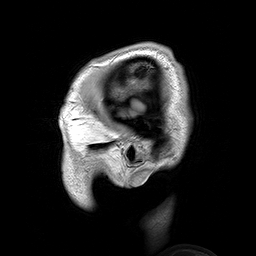Most of the time when you study neuroscience you get the sense that every scale you look at, every system and subsystem you examine, every mechanism you investigate, is amazingly intricate and complicated. Turtles all the way down, so to speak. Just browse neurodynamics guru Walter Freeman’s free content if you don’t believe me.
I have on my table Eric Kandel and colleagues formidable Principles of Neural Science. You could actually get strong lifting this hefty tome. While over 1,000 pages it does not cover body cognition or mechanisms of interoception or neurophenomenology or body knowledge disorders or neurodynamics as I might prefer. There is just too much for one book to cover. Biology is like that. You could spend a year reading it and the field would have advanced…
And yet, and yet. Sometimes you find a study where all the complexity is nested in a lovely, lucid, elegant layer of simplicity. The baroque, spiraling layers of structure and process are folded into a rational, understandable, even beautiful, architecture:
